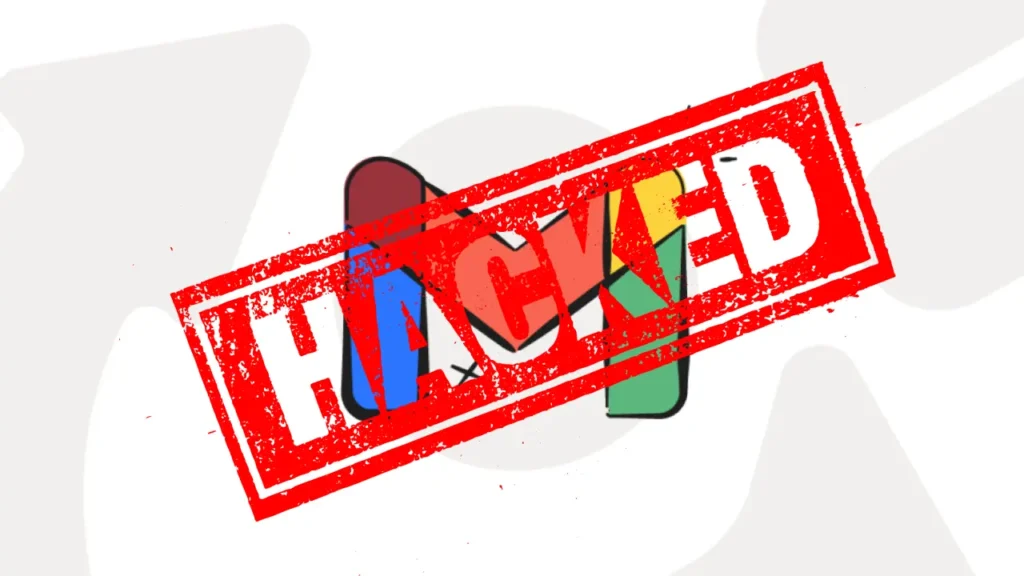Cracking a Gmail password can sometimes be necessary, especially when access to an account is lost. Under normal circumstances, if you forget your own Gmail password, you can easily reset it using Google’s account recovery options. However, regaining access to an account you cannot verify ownership of may require alternative methods.
There are numerous programs available online designed to crack passwords, including those for Gmail accounts. These tools can be found through simple internet research. Additionally, there are various techniques that can be employed to attempt to crack another person’s Gmail password. While these methods exist, it is important to consider the legal and ethical implications of such actions, as unauthorized access to someone else’s account is prohibited by law.
Can Gmail Password Be Cracked?
Yes, Gmail can be hacked. When an attacker gains control of a Gmail account, they gain access not only to the Google account itself but also to any connected websites and services. This makes a compromised Gmail account far more dangerous than simply losing an email address and its contents.
Once a cybercriminal obtains the Gmail password, they can change account passwords, send emails and spam, steal sensitive data, and sell personal information on the dark web. They may also close the account, remotely wipe devices linked to the Google account, or steal passwords for other websites. Additionally, hackers can use the compromised account to access social media profiles, such as Snapchat, Facebook, or TikTok, further escalating the damage.
Best Gmail Password Crackers
Forgetting your Gmail password can be frustrating, but there are several effective methods to recover or reset it and regain access to your account. Let’s explore these options to help you restore your Gmail access quickly.
Try Mail Backup
Google provides a Mail Backup feature for certain accounts, including Outlook and Gmail. If you’ve previously set up this feature, you can attempt to log in using those saved email credentials. Since Mail Backup is linked to your account and stores your Gmail password, it may help you regain access without needing to reset it.
Answer Security Questions
Another way to recover your Gmail account is by answering the security questions you previously set up. These typically include personal details like your place of birth, your mother’s maiden name, or your pet’s name. If you provided these answers when creating your account, they can help verify your identity and restore access.
How to Crack Gmail Password Using the Browser’s Password Manager?
If you have physical access to the device where the Gmail account is logged in, you may retrieve the saved password through the browser’s password manager. Here’s how to do it in Google Chrome:
Open the browser and click the three-dot menu in the top-right corner, then select Settings. Navigate to the Autofill section on the left sidebar and choose Passwords. Locate the Gmail account in the list and click the eye icon to reveal the saved password. This method only works if the password was previously stored in the browser.
How to Crack Gmail Password with Kali Software?
Kali software can be used to recover a Gmail password, though its functionality is more limited compared to other methods. This tool is compatible only with Microsoft’s Windows operating system, but it offers the advantage of being free to use.
To attempt password recovery using Kali software, follow these steps:
- Download and install Kali on your computer.
- Launch the program after installation.
- Accept the terms and conditions, then grant any required permissions.
- Enter the target Gmail address and proceed with the on-screen instructions.
This method relies on the software’s capabilities to assist in password retrieval.
Alternative Gmail Password Cracking Ways
Several alternative methods exist for compromising Gmail accounts, each carrying significant security risks:
Fake browser extensions pose serious threats by impersonating legitimate add-ons. These malicious tools secretly harvest sensitive data, monitor browsing activity, or inject harmful code into websites.
Credential reuse creates vulnerability when users employ the same password across multiple platforms. A breach on any one site potentially exposes their Gmail account.
Keylogging malware operates by recording every keystroke, enabling attackers to capture login credentials and other confidential information.
Social engineering attacks manipulate victims through psychological tactics, tricking them into voluntarily surrendering their Gmail credentials through deception or abused trust.
These methods represent common attack vectors that exploit both technical vulnerabilities and human behavior.
Bonus: Hire a Hacker
If all other methods fail and you urgently need access to your Gmail account, hiring a professional hacker may serve as a last-resort solution. By researching online, you can find “white hat hackers”—ethical security experts who use their skills for legitimate purposes. Engaging such a professional may provide a possible way to recover your account through authorized penetration testing or account recovery methods.
How to Recover a Hacked Gmail Account?
The methods mentioned could potentially compromise any Gmail account – including yours. If your account has been hacked, follow these steps to recover it:
- Open the Gmail app and tap your profile icon
- Select “Manage your Google Account”
- Choose “Security” from the top menu
- Navigate to “Signing in to Google” and select “Password”
- Follow the on-screen instructions to reset your password
If you can’t recall your old password or a hacker has changed it, use Google’s official account recovery process through their support page to regain access: https://support.google.com/accounts/answer/7682439?hl=en
Enabling 2-Step Verification for Gmail Account Security
To enhance your Gmail account security after recovery, enable two-step verification using these steps:
- Access your Google Account settings
- Navigate to the “Security” section
- Locate “2-Step Verification” under “Signing in to Google”
- Select “Get Started” and follow the prompts
- Complete identity verification using your registered phone number
The process will require confirming a verification code sent to your mobile device, after which two-factor authentication will be activated for your account. This adds an extra layer of protection beyond just your password.
